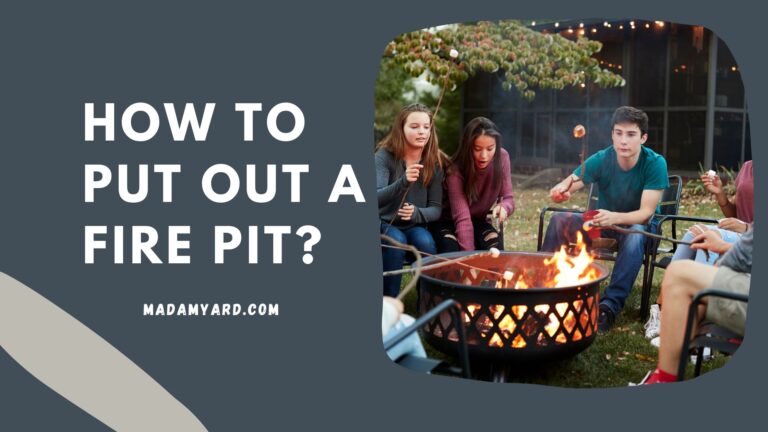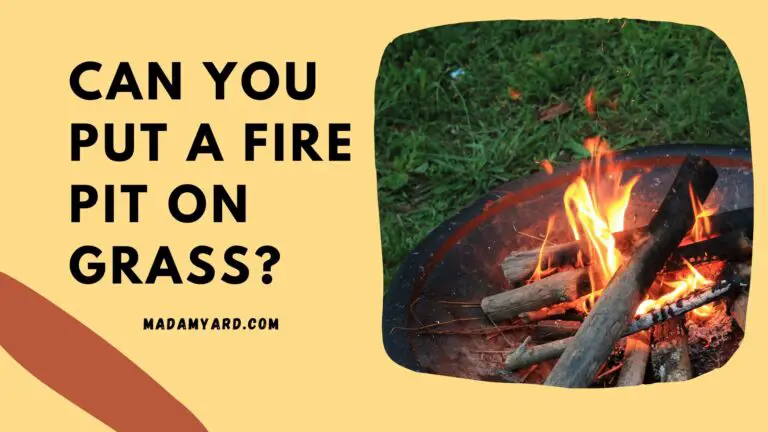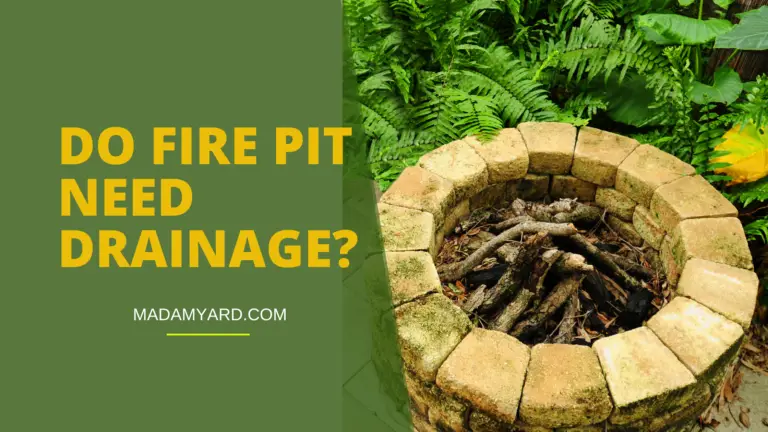How To Get More Heat From My Fire Pit?
Because of the mood and warmth they create, fire pits are becoming more popular in contemporary houses. However, suppose you do not have the correct information. In that case, you may not be able to produce enough warmth to create a pleasant atmosphere. So, how can you get more heat out of your fire pit, and what are the best methods?
By adding more oxygen, utilizing softer and dry wood, employing the correct breed of wood, and expanding the surface area of the fire, you may improve the heat produced by your fire pit. These things will help the fire create more heat and burn hotter.
To learn how to create more heat from a fire pit, you must first understand how to ignite a fire. Let’s get started with the article right now!

How Do You Make Your Fire Pit Hotter?
There are many techniques to increase the heat output of your fire pit. These options range from adjusting your fuel to replacing your fire pit with a better one. To keep things simple, I’ve included 5 simple things you can do to help your fire pit burn hotter.
1. Use Dry Wood
While common sense indicates that dry wood is preferable to damp or moist wood, this is an often neglected feature. Because there is no tree sap in dry wood, it absorbs the flame more quickly. In the meanwhile, tree sap is not flammable. As a result, it is considerably more difficult for fire to burn damp wood.
Energy is an essential component in the production of heat. Furthermore, suppose the wood still contains sap. In that case, the fire you start loses a lot of energy attempting to burn that normally less-flammable wood. As a result, the fire has even less energy to convert to heat. As a consequence, the heat from your fire pit is reduced.
On the other hand, dry wood is sap-free since sap dries up over time. As a result, it burns brighter and stronger, producing more heat.
Dry wood is generally grey or brown, while the sapwood is usually green. As a result, when selecting wood to burn, choose brown or grey-looking wood over damp and greenish wood.
2. Provide More Oxygen
To start a fire, you need oxygen. Indeed, the capacity of oxygen to oxidize is what permits fire to exist. As a result, an increase in oxygen speeds up and strengthens the chemical processes that generate fire. It will produce a hotter, brighter flame.
However, unlike wood, employing oxygen to raise the heat of your flame has downsides. The main one is that, although adding oxygen immediately increases the heat and light created by the flame, it does not persist very long.
When we discontinue providing oxygen, the flame quickly returns to burning slowly. So, to maintain a continually hotter flame, there must be a steady supply of oxygen.
An excellent approach would be to situate the fire pit someplace with lots of ventilation, allowing the carbon dioxide from the flame to escape and new oxygen to enter, maintaining the flames nice and hot.
3. Use Soft Wood
The 2 categories of wood are softwood and hardwood. Softwood burns quicker and with far more heat and energy. This kind of wood also dries more quickly. As a result, it is ideal for creating a rapid and hot flame.
Whereas hardwood burns much slower and lasts much longer. However, it generates much less heat, and since this essay aims to generate higher flames, softwood is the ideal choice. Hardwood might be excellent for camping or making a campfire for a party.
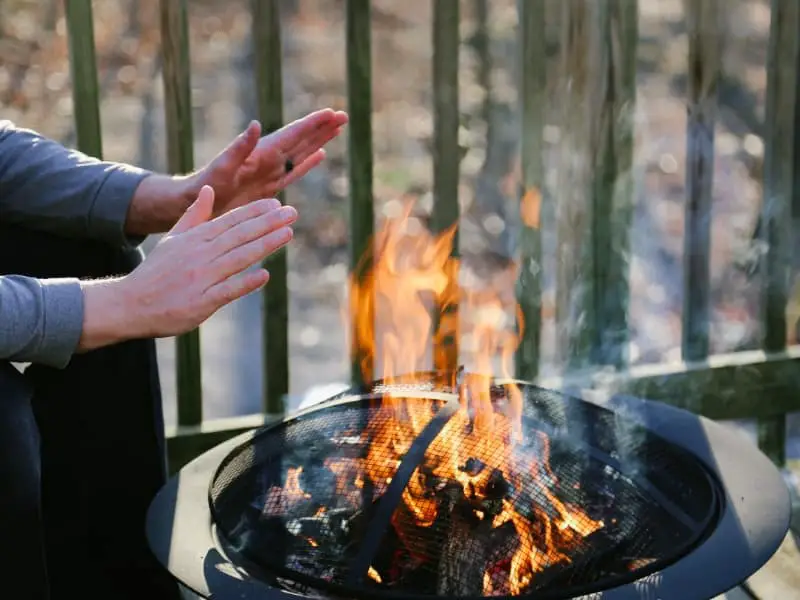
4. Make A Larger Fire
Generally, the greater the fire, the hotter it burns. Increasing the size of your fire will allow it to access oxygen. And, as previously said, the more oxygen a fire receives, the hotter the flames burn.
You may expand the flame by adding additional tinder and kindling. The ashes and fire logs may then be scattered about to enhance the surface area of the flame. It will result in a bigger, more open flame.
It will also assist the flame in acquiring more oxygen and making it easier for the released oxygen to escape, resulting in a bigger and hotter flame.
Spread the twigs and kindling out evenly to produce a more constant heat dispersion and an equal fire.
5. Select The Right Type Of Wood
The intensity of the flames is also affected by the kind of wood used. As previously said, a fire burns hotter on soft and dry wood. So, while selecting wood for your fire pit, be sure that the variation of wood you choose contains these desirable characteristics.
Firewood species include apple, ash, birch, blackthorn, cherry, hawthorn, maple, oak, pine, sycamore, walnut, and yew.
The wood on these trees is relatively dry and softer. As a result, they burn out rapidly yet create a warmer flame. Because this essay does not concentrate on flame duration, We are confident in suggesting these trees for your intended use.
However, that hardwood often burns at higher temperatures than softwood. However, the issue with hardwood is that it takes a long time to attain such high temperatures. On the other hand, softwood does not burn as hot but achieves its maximum temperature much more quickly.
Now that we’ve shown you how to make your fire pit burn hotter, We would want to conclude our conversation with some safety considerations to take while using your fire pit. No matter how beautiful it seems, fire is hazardous and may cause significant injury if we are not cautious near it.
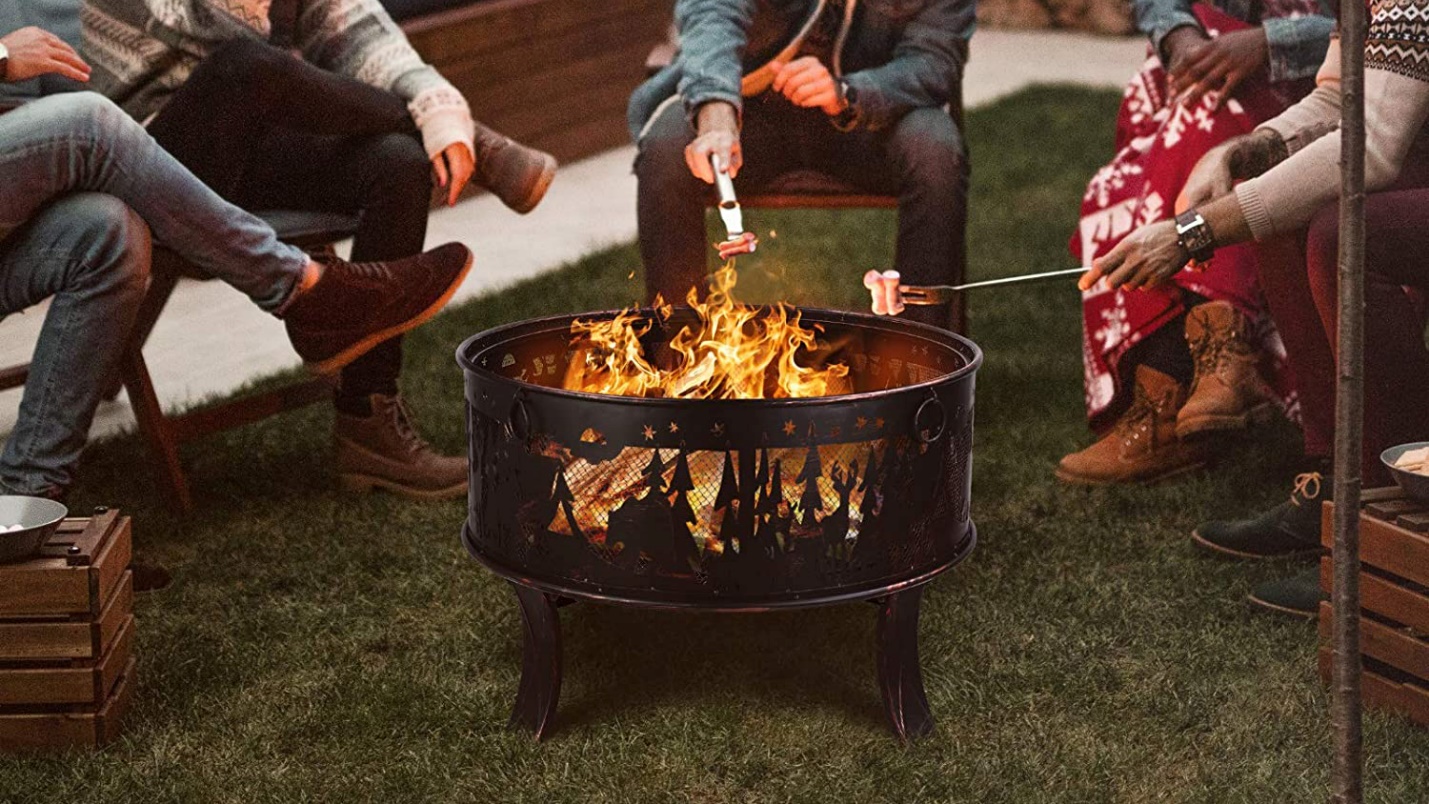
Which Fire Pit Gives Off the Most Heat?
Fire pits serve numerous functions, the most essential of which is heat production and efficiency. At the end of the day, we all want a fire pit that produces adequate heat with little effort. You’re probably wondering which sort of fire pit produces the most heat by now. The solution is wood-burning fire pits.
Because wood burns hotter than gas, it is the best option for a heat source. Wood-fire pits may generate a bigger fire than a gas burner and, as a result, create more heat.
Fireside Outdoor Pop-Up Fire Pit is our pick for the best wood-burning pit on the market. ‘ This is the first portable wood-burning fire pit. Because of how it’s designed, it’s easy to set up. It enables it to generate enthralling flames and significant heat production while emitting 80 percent less smoke.
Its design provides optimal airflow, allowing you to enjoy brighter and hotter flames with little smoke. It has enough space for high heat output and efficiency. What’s more, it’s reasonably priced. You can get this shot for $85!
Can A Fire Pit Keep You Warm?
For many individuals, the most crucial factor to consider when purchasing a fire pit is the amount of heat it produces. So it’s reasonable to worry whether a fire pit would keep you warm enough.
Fireplaces can indeed keep you warm. Even a candle flame may provide warmth—not much, but enough. The heat produced by your fire pit will be determined by the fuel source you choose, whether propane, natural gas, or wood.
So, no matter what fuel you use in your fire pit, you will always get some warmth from it. If you want to stay warm, a wood-burning fire pit is an ideal option.
Finally, there are several types of fire pits. As a result, choose the one that best suits your needs.
Conclusion
Finally, fire pits have grown in popularity among many individuals. They offer a variety of functions, including aesthetics, socializing space, lighting, heating, and more. Heating is perhaps the most vital.
We all want a fire pit that can provide enough heat, but this is not always the case. So, how can you make your fire pit produce more heat?
You can generate additional heat from your fire pit by raising the flame height, adding a lot of lava rocks, and enclosing the space around it.


